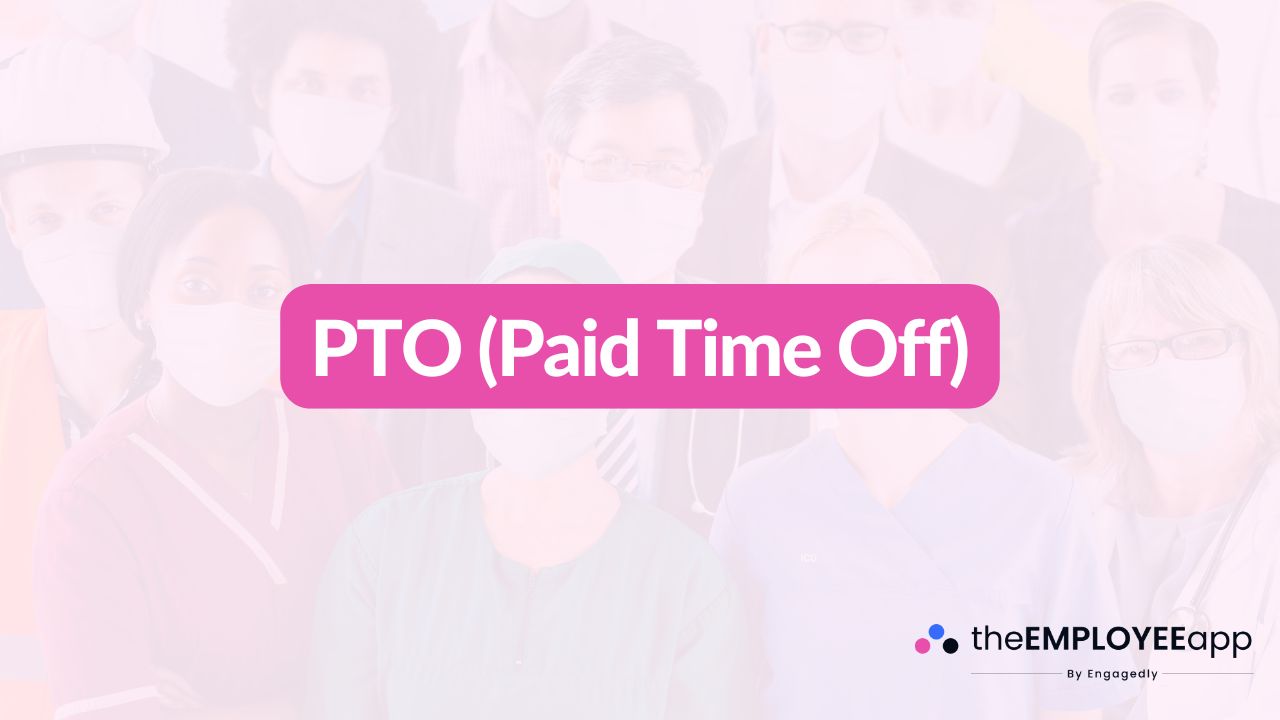
Introduction
Paid time off, commonly referred to as PTO, is one of the most important benefits employers can provide. PTO allows employees to take time away from work for vacation, personal matters, illness, or family responsibilities—all while continuing to receive their regular pay. For organizations, PTO is more than just a perk; it’s a strategic tool that supports employee well-being, boosts retention, and strengthens company culture.
What Is PTO (Paid Time Off)?
PTO is a policy that gives employees a bank of paid hours or days they can use for various reasons, including vacation, sick leave, or personal days. Unlike traditional leave systems where vacation and sick time are tracked separately, PTO combines them into one flexible pool of paid time. Employees decide how to use their PTO, whether for a family emergency, rest and relaxation, or attending important appointments.
How PTO Works
Employers typically structure PTO in one of two ways:
Accrual system: Employees earn PTO over time based on hours worked or tenure. For example, an employee might accrue one day of PTO for every month of service.
Lump-sum system: Employees receive their full PTO balance at the beginning of the year or employment period.
Policies vary depending on the organization, industry, and region. Some employers also allow employees to carry over unused PTO into the next year, while others operate on a “use it or lose it” basis.
Why PTO Matters
For employees, PTO is more than just time off. It is a vital part of maintaining work-life balance, reducing stress, and avoiding burnout. For employers, offering competitive PTO policies helps attract top talent, improves employee satisfaction, and reduces turnover. When workers have the flexibility to rest and recharge, they often return more focused and productive.
Types of PTO
While PTO is usually a general pool of hours, some organizations still categorize usage into specific types of leave, such as:
Vacation leave: For rest, travel, or personal leisure.
Sick leave: For illness or medical appointments.
Personal leave: For non-medical personal needs or emergencies.
Holidays: Paid time off for recognized public or company holidays.
Bereavement leave: For attending funerals or managing family loss.
Some employers also include floating holidays or mental health days as part of their PTO policy, reflecting a growing focus on employee well-being.
Benefits of PTO
For employees:
Provides time to rest, recharge, and manage personal needs.
Reduces stress and burnout, leading to better overall health.
Increases job satisfaction and loyalty.
For employers:
Enhances recruitment and retention in competitive industries.
Supports a healthier, more productive workforce.
Demonstrates a commitment to employee well-being.
Builds trust by showing employees that their time is valued.
Challenges and Considerations
Despite its benefits, managing PTO policies comes with challenges. Employers must balance staffing needs while allowing time off, ensure fairness across teams, and maintain compliance with local labor laws. Clear communication is essential so employees understand how much PTO they have, how to request it, and whether unused time can be carried over.
Best Practices for PTO Policies
Organizations can strengthen their PTO policies with the following best practices:
Be transparent: Provide clear guidelines on accrual rates, carryover rules, and approval processes.
Offer flexibility: Allow employees to use PTO for a variety of needs, not just vacation.
Encourage usage: Promote a culture where employees feel comfortable taking time off without guilt.
Track fairly: Use HR software or scheduling tools to ensure PTO is managed accurately.
Review regularly: Adjust policies to stay competitive with industry standards and employee expectations.
Conclusion
PTO (paid time off) is one of the most valuable benefits in today’s workplace. It gives employees the flexibility to manage their personal and professional lives while staying financially secure. For employers, PTO strengthens recruitment, retention, and overall workforce satisfaction. By implementing thoughtful policies and encouraging employees to use their time off, organizations can foster a healthier, more balanced, and more productive workplace.
